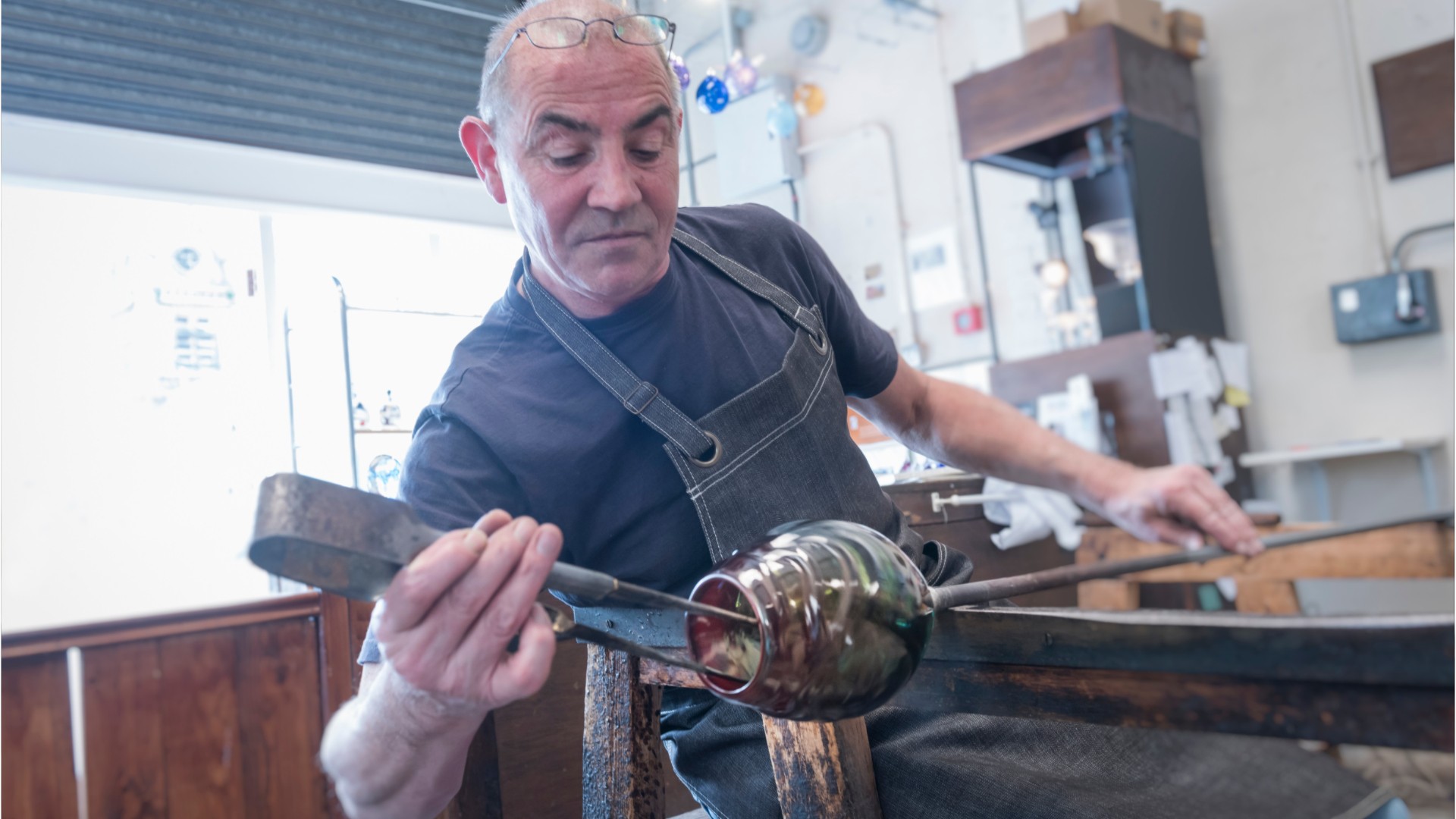Stone Cutters & Carvers, Manufacturing
Carver, Sandblaster, Stone Carver, Stone Cutter
What they do:
Cut or carve stone according to diagrams and patterns.
On the job, you would:
- Verify depths and dimensions of cuts or carvings to ensure adherence to specifications, blueprints, or models, using measuring instruments.
- Move fingers over surfaces of carvings to ensure smoothness of finish.
- Shape, trim, or touch up roughed-out designs with appropriate tools to finish carvings.
Knowledge
Math and Science
- arithmetic, algebra, geometry, calculus, or statistics
Manufactured or Agricultural Goods
- manufacture and distribution of products
Engineering and Technology
- mechanical
- design
Arts and Humanities
- English language
Skills
Basic Skills
- listening to others, not interrupting, and asking good questions
- thinking about the pros and cons of different ways to solve a problem
Problem Solving
- noticing a problem and figuring out the best way to solve it
Abilities
Hand and Finger Use
- keep your arm or hand steady
- hold or move items with your hands
Ideas and Logic
- group things in different ways
- notice when problems happen
Personality
People interested in this work like activities that include practical, hands-on problems and solutions.
They do well at jobs that need:
- Attention to Detail
- Self Control
- Dependability
- Integrity
- Cooperation
- Initiative
Technology
You might use software like this on the job:
Spreadsheet software
- Microsoft Excel
Graphics or photo imaging software
- Corel Paint Shop Pro
Word processing software
- Microsoft Word
Education
Education: (rated 2 of 5)
high school diploma/GED or
no high school diploma/GED
usually needed
no high school diploma/GED
usually needed
Get started on your career:
Apprenticeship.gov
Job Outlook
Average
New job opportunities are likely in the future.
Explore More
- Grinding & Polishing Workers, Hand
- Molders, Shapers, & Casters
- Stonemasons
- Terrazzo Workers & Finishers
- Tile & Stone Setters
You might like a career in one of these industries:
See more details at O*NET OnLine about stone cutters and carvers, manufacturing.





